SLEEPING IN A CAVE
You wake up on your first day in Matera in a soft bed, surrounded by plush pillows, stretch hard, and stare up at rough stone walls and a high curved ceiling. The golden light of early morning filters in through a high grate high above your bed, illuminating the irregular shapes and rough-hewn archways. Across the room, candles dance in the rays of sunlight next to a basket of fruit.
Where are you?
Wow! You've been sleeping in a luxury cave in one of the many small hotels in the Sassi of Matera, Italy, which may look like this on the inside and outside.
Sometimes called "the town that Italy forgot", Matera is no longer forgotten. It's a small city of around 60,000 inhabitants located on the Adriatic side of the Apennine mountains that runs down the spine of Italy. And it is no longer forgotten for a number of reasons, including the 1993 designation of "The Sassi" as a UNESCO World Heritage Site.
The rainwater harvesting system at Matera which was used until the early 1900s, consists of a network of channels and gutters carved into the roofs. This led to the “Palombaro Lungo” which is a massive 5 million liter underground cistern. It is this cistern, which is considered one of the largest in the world, that has contributed to putting Matera and the Sassi area on the UNESCO map as a World Heritage Site.
Do I have your attention now?
THE SASSI OF MATERA
The word sasso in Italian mean stone; Sassi = stones. But the World Heritage designation isn't about the rocky location.
The Sassi of Matera are the tufa walls of deep chasms in the Murgia Plain in southeast Italy. The natural caves in these chasm walls have been occupied by humans since prehistoric times. Over thousands of years, these caves have been enhanced and the result is an awesome number of cave homes piled on top of each other along the sides of the chasms.
The two ancient rock-hewn quarters of the city are Sassi Caveoso and Sassi Barisano. They house about 20,000, a third of the residents of the now-modern city of Matera. The Sassi are unique and outstanding examples of a prehistoric cave (troglodyte) settlements perfectly adapted to the terrain and ecosystem.
Contributing to the UNESCO designation is the fact that archeological finds give it the distinction of being the oldest continuously occupied site of human habitation in the Mediterranean region.
The roof of one house may appear as a road, a stairway, a garden or as the floor of yet another house. Walking through the old city, many chimneys sprout out of the road, and you find yourself walking on the roofs of other houses. Distinguishing the natural rock formations and the architecture created by the ancient inhabitants is often impossible.
THE CHURCHES OF MATERA
Along with a plethora of churches dating from Medieval times, which are constructed independent of caves, the undeveloped sides of the ravine [called Murgia Park] are punctuated with 150 caves that have served as churches since the dark ages or earlier. Some of these are simple caves with an altar and perhaps a fresco, some are complex networks of spaces with many chambers.
I'm not sure what constitutes "modern history" when dealing with a place that's been occupied for over 9,000 years. Nonetheless, we'll fast forward from the 3rd century BC, when the city was founded by the Romans and named Matheola, through centuries of growth and conquest.
So, now we are back to "the town that Italy forgot".
In1941, an anti-Fascist activist named Carlo Levi, who had been exiled to a small town in southern Italy where he encountered a level of poverty unknown to the more prosperous north, wrote a book entitled "Christ stopped at Eboli." The book describes the living conditions in Matera, including scenes like children begging passers-by for quinine to stave off deadly malaria.
Still, it wasn't until after a visit to the area in 1951 by Prime Minister De Gasperi, when the existence in the Sassi and the lack of sanitary conditions became so severe that it made front page news as "The Shame of the Nation."
At that time, half of the population of Matera lived in the Sassi. The average family size was six children [sharing rooms with animals], and there was no electricity, no sanitary facilities, and no water systems. The infant mortality rate was fifty percent.
In 1952, the government began evacuating the Sassi and moving the population to the newer city. It wasn't until 1986, with the implementation of a law to preserve and recover the ancient cave dwellings, that the abandoned houses were restores as houses, businesses, and cultural centers. That, and the UNESCO designation in 1993, have served to transform the Sassi into viable and charming communities which attract many tourists.
ONE MORE THING – THE MOVIES
Because of the unique and primitive setting, the Sassi districts have been the filming locations for a number of movies, including:
- Pier Paolo Pasolini's The Gospel According to St. Matthew (1964).
- Bruce Beresford's King David (1985).
- Mel Gibson's The Passion of the Christ (2004).
- Abel Ferrara's Mary (2005).
- Catherine Hardwicke's The Nativity Story (2006).
- Cyrus Nowrasteh's The Young Messiah (2016)
- Timur Bekmambetov's Ben-Hur (2016)
PUT A VISIT TO MATERA ON YOUR BUCKET LIST.
Resources
http://www.lifeinitaly.com/tourism/basilicata/matera
http://www.ndt.net/article/art2008/papers/216Guida.pdf
http://www.tufastoneproject.com/index1.html
http://matera.arounder.com/http://www.visitmatera.com/en/grotta-dei-pipistrelli-19.html
http://whc.unesco.org/en/list
http://www.lonelyplanet.com/italy/basilicata/matera/history
http://www.lonelyplanet.com/italy/travel-tips-and-articles/76726
https://routes.tips/blog/secrets_myths_and_legends_of_matera
http://www.understandingitaly.com/basilicata-content/matera.html
http://www.ideasfortravels.com/Site.asp?ID=69N3HDYRVAHBSCQP-city-of-matera-matera-italy-basilicata-italy
http://goeurope.about.com/od/matera/Matera_Italy_Travel_and_Tourism_Information.htm
http://www.transitionsabroad.com/publications/magazine/0411/the_ancient_stones_of_matera_italy.shtm
http://rosieandtheoperator.blogspot.com/2015/10/matera-shame-of-italystarting-to-bloom.html
http://geology.about.com/b/2011/07/01/tufo-tufa-tuff.htm
http://sancanio.com/matera.html
http://matera.arounder.com/en/city-tour
http://whc.unesco.org/en/list
https://en.wikipedia.org/wiki/Matera
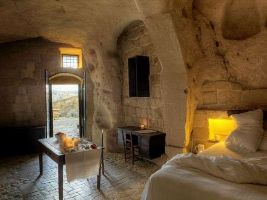
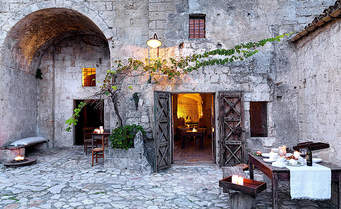
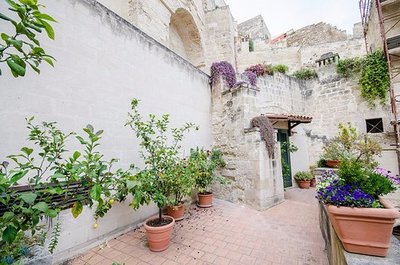
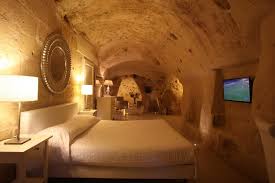
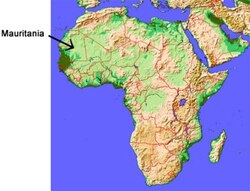
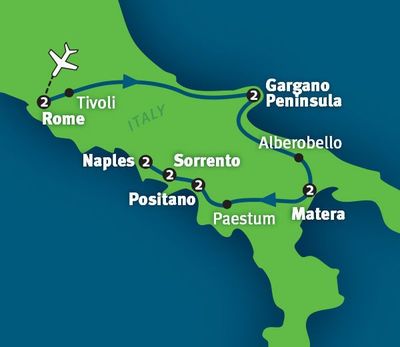
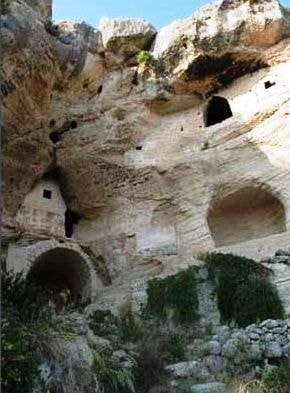
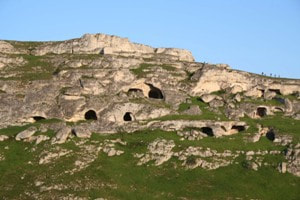
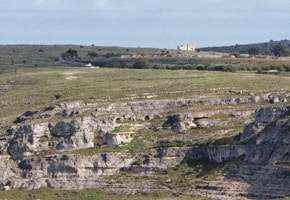
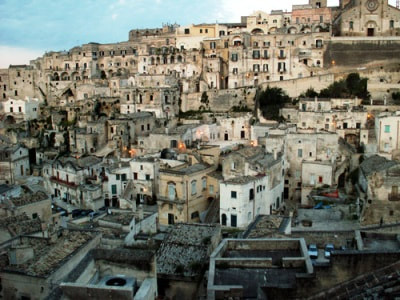
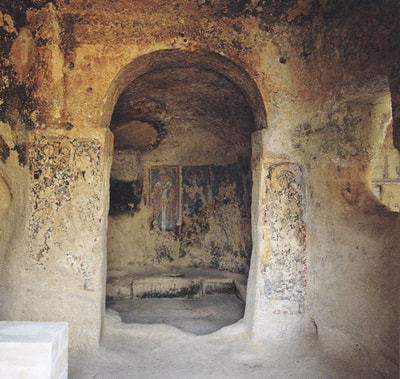
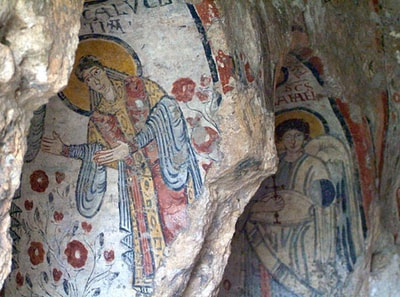
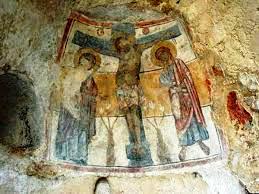
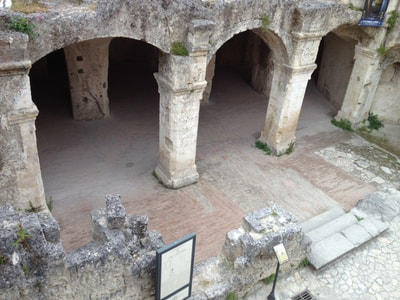
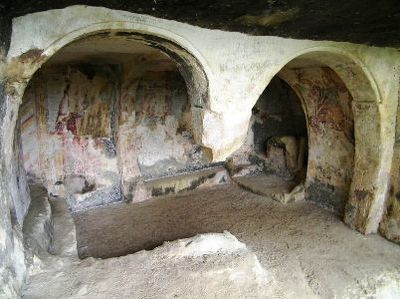
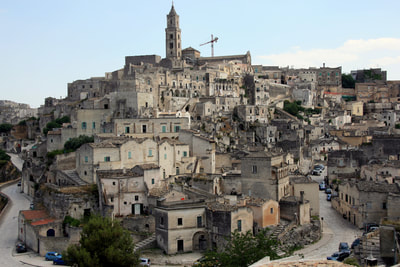
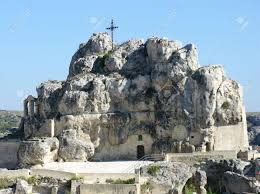
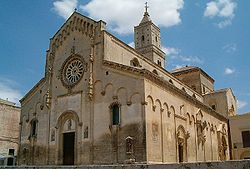
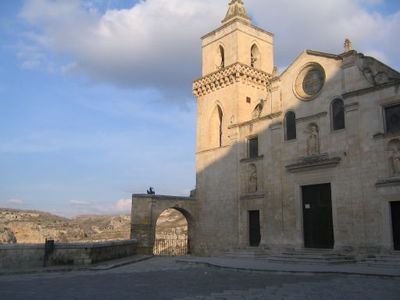
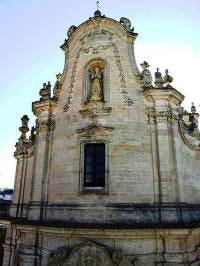
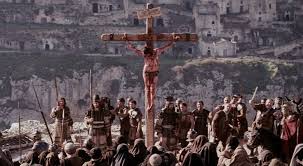
 RSS Feed
RSS Feed